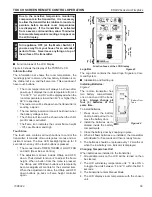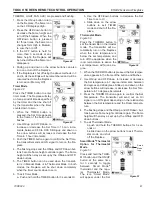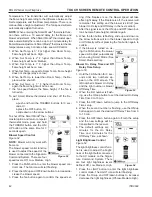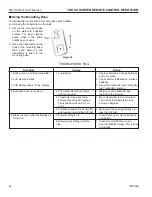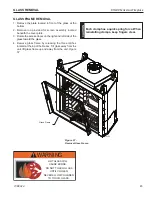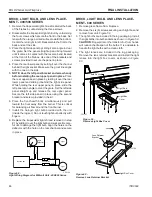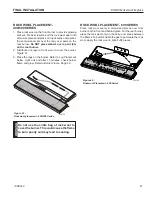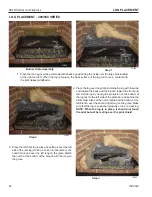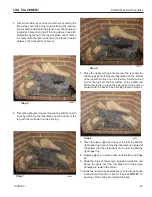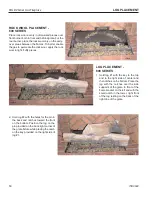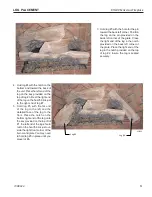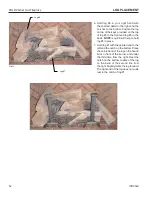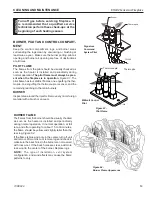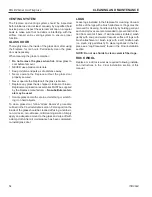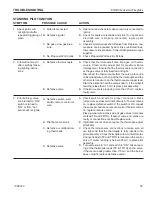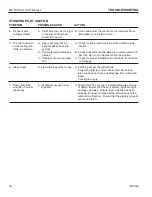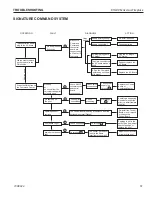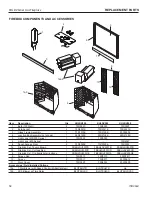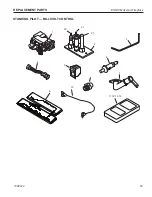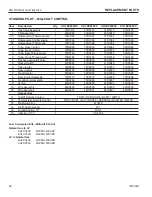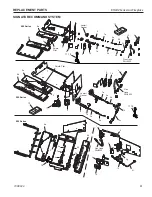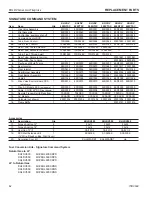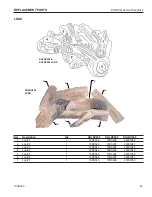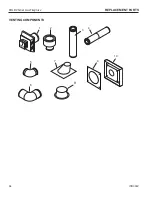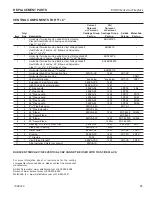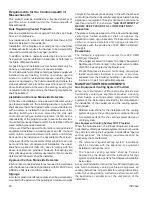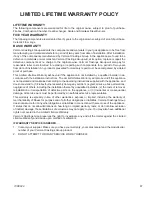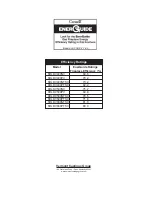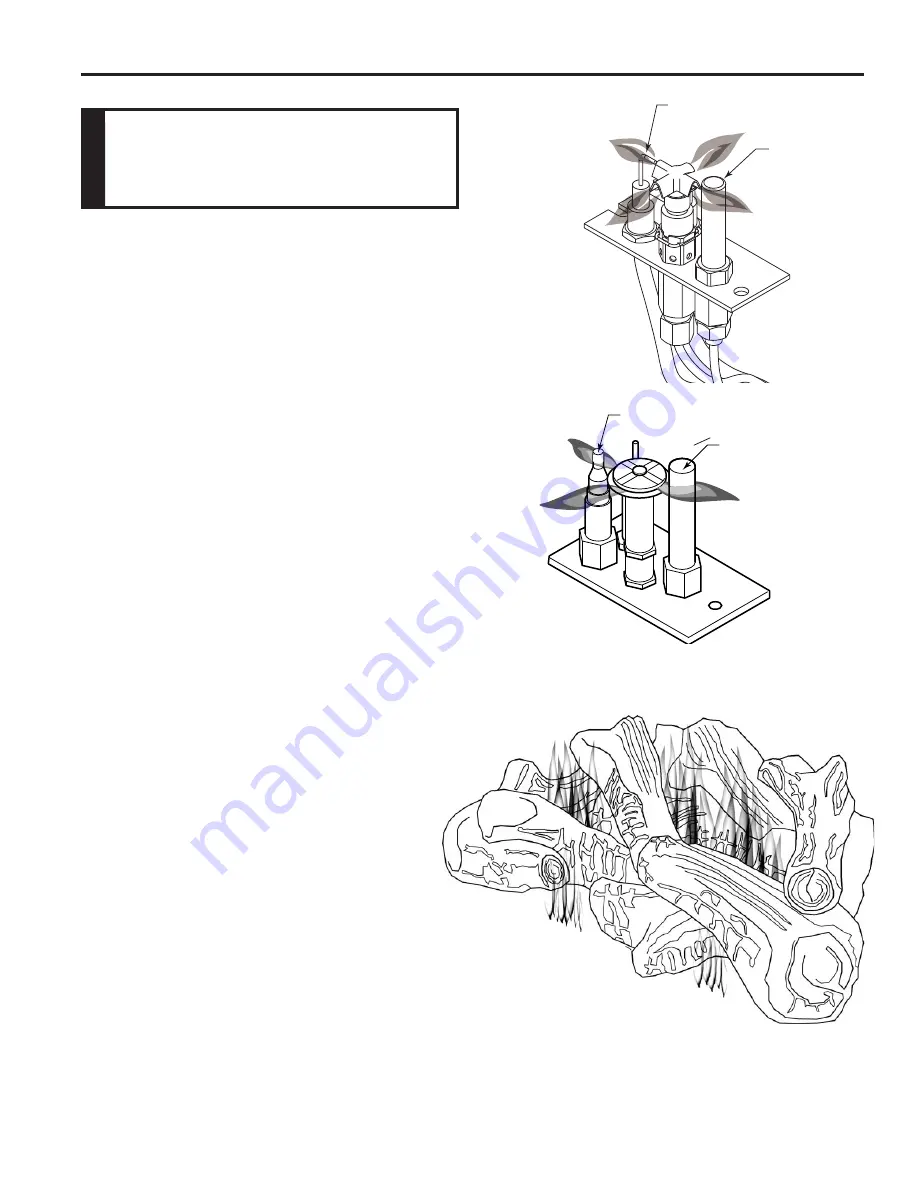
73D0024
53
KHLDV Series Gas Fireplace
Burner FLaMe
The flames from the burner should be visually checked
as soon as the heater is installed and periodically
during normal operation. In normal operation, at full
rate, and after operating for about 15 to 30 minutes,
the flame should be yellow and slightly taller than the
rear log.
Figure 64
If the flame is blue and only in the center, turn off unit
and let cool. After unit is cool, remove logs and check to
make sure the back holes in the burner are not covered
with rock wool. If the back holes are clear, add more
rock wool to the center of the burner. Replace logs.
note:
The type of installation, vent system
configuration, and wind effects may cause the flame
patterns to vary.
cLeanInG anD MaIntenance
Burner, pILot anD controL coMpart-
Ment
Keep the control compartment, logs, and burner areas
surrounding the logs clean by vacuuming or brushing at
least twice a year. Make sure the burner porting, pilot air
opening and burner air opening are free of obstructions
at all times.
pILot FLaMe
The flames from the pilot should be visually checked as
soon as the heater is installed and periodically during
normal operation.
the pilot flame must always be pres-
ent when the fireplace is in operation.
Figure 61
. The
pilot flame has four distinct flames, one engulfing the ther-
mopile, one engulfing the thermocouple or sensor, and the
remaining reaching to the main burners.
Burner
Inspect area around the injector. Remove any lint or foreign
material with a brush or vacuum.
LG601
flame appearance
Figure 64 -
Burner Flame Appearance
LG601
w
a
r
n
In
G
turn off gas before servicing fireplace. It
is recommended that a qualified service
technician perform these check-ups at the
beginning of each heating season
Figure 63 -
Pilot Flame
Thermopile
Thermocouple
FP1943
pilot flame
FP1943
FP2568
pilot flame
Sensor
Thermopile
FP2568
Signature
command
System pilot
Millivolt control
pilot

